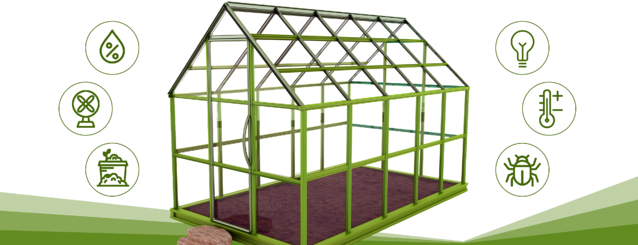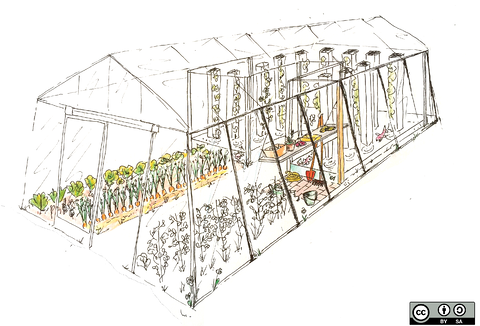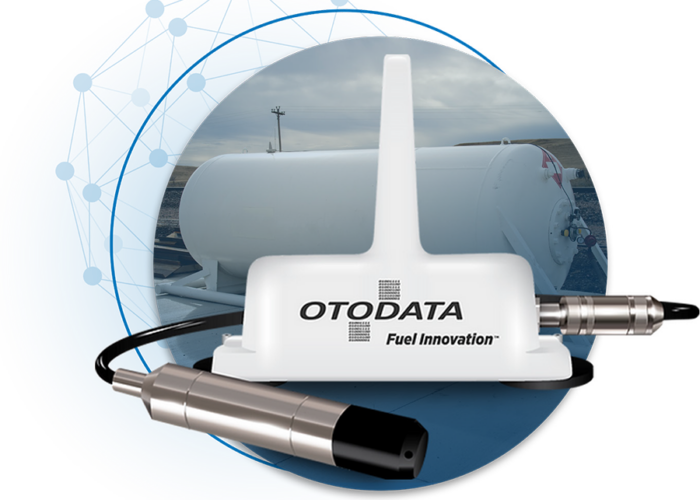Across the board, greenhouses are budding with innovative ways of efficiently producing higher yields of balanced, full-bodied, and nutritious produce that end consumers feel safe eating. Within the agriculture industry, increasing productivity is viable only if the quality of the produce and the sustainability of the production methods are at least maintained, and at best bolstered along with productivity. Balancing productivity with sustainable practices can be accomplished by outfitting smart greenhouses with IoT systems that closely monitor and regulate the plants and vegetables being produced. This allows agriculturalists and bioengineers to create environments and micro-climates more advantageous to growth, without compromising quality or sustainability by spraying pesticides or modifying crops genetically.
Nurturing New Roots with IoT Sensors
Greenhouse aeroponic and hydroponic cultivation systems use water and atmospheric (air) environments to allow plant roots to grow rapidly and strongly. IoT sensors embedded inside hydroponic and aeroponic planters, as well as tradition soil planters, measure humidity, temperature, and pH levels. When any of these variables shift outside of their recommended level, the greenhouse sensors within the planters detect the imbalance and trigger a mechanism that adjusts the environment accordingly by decreasing or increasing humidity and temperature, or adjusting pH levels to return the environment to an optimal condition.
By creating highly-controlled micro-climates, IoT technology minimizes the amount of time that the plants root system goes without adequate nutrients, therefore maximizing its phases of growth, producing higher yields through a non-invasive process.
Clean, Bright, Sensor-Rich Greenhouse Environments
Similar to micro-climate regulation, some smart greenhouses, like those managed by the bioengineers at Fujitsu, are utilizing artificial light and highly-sophisticated filtration systems within completely sealed, smart greenhouse spaces to eliminate nearly all contaminants from the environment in which their crops grow. IoT sensors are placed throughout these smart, contaminant-free greenhouses to monitor and regulate a wide range of environmental variables, such as moisture, temperature, carbon dioxide levels, fertilizer flow, air currents, lighting levels, and pH levels within the soils and planters. By creating a smart greenhouse environment where light, temperature, nutrients, and contaminant levels are closely monitored and controlled, greenhouses are able to sustain the growth of hearty, nutrient rich produce anywhere, year-round, without the use of harmful pesticides or inorganic genetic modification.
Greenhouse Technology Grows with Aeris IoT Networks
Agriculturalists and bioengineers that manage smart greenhouses are finding ways to bolster their operations, producing more vegetable and fruits that sell at a higher market value due to their quality and freshness by utilizing IoT. The web of sensors that make up smart greenhouse monitoring and regulation systems rely on cellular network access to facilitate secure and reliable M2M communication.
Aeris has provided agriculturalists and farm technology companies like Ranch Systems with secure, reliable networks to support the IoT devices that improve production. To learn more about what Aeris can do for your greenhouse or agricultural system, Contact Us today.




